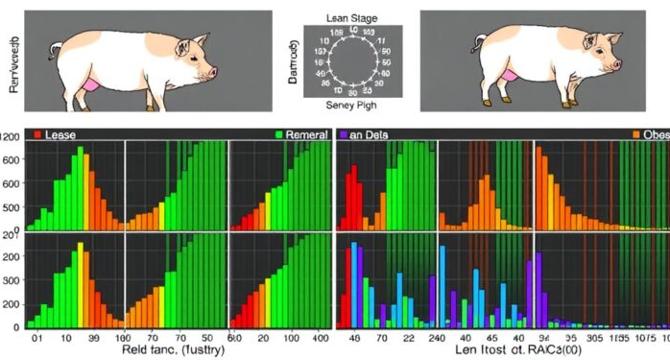Bioengineer
3d
183

Image Credit: Bioengineer
Insights from Metabolome and RNA-seq Uncover Divergent Metabolic and Secretory Profiles in Skeletal Muscle of Obese vs. Lean Pigs Across Developmental Stages
- Recent studies have shed light on the Taoyuan Black pig, a Chinese native breed recognized for its unique metabolic traits.
- Cutting-edge research utilizing non-targeted metabolomics has unveiled pivotal insights into the longissimus dorsi muscle of Taoyuan Black pigs at various developmental stages.
- The metabolomics and transcriptomics integrated approach illuminated specific differences between the muscle tissues of the two breeds, offering a fascinating glimpse into the biochemical basis of their distinct metabolic profiles.
- Notably, organic acid metabolites such as fumaric acid, succinic acid, and malic acid exhibited a negative correlation with fat accumulation, highlighting their potential role in lipid metabolism regulation.
- Conversely, certain lipid metabolites, including 2-Hydroxyisovaleric acid and carnitine, were positively correlated with intramuscular fat levels.
- Focusing on the metabolites that mediate muscle-adipose tissue communication, this research provides a systematic examination of the metabolic differences between obese Taoyuan Black pigs and their lean counterparts.
- Moreover, the findings underscore the potential for utilizing pigs as animal models in metabolic disease research.
- The identification of specific metabolites involved in muscle-adipose interactions not only enhances our comprehension of lipid deposition mechanisms but also raises critical questions about the long-term implications of metabolic dysregulation in livestock.
- As we delve deeper into the metabolic profiles of these distinct pig breeds, it becomes increasingly clear that the interplay between muscle and adipose tissues encompasses a wider spectrum of biological processes than previously understood.
- By harnessing the power of such biological insights, researchers can help reshape our understanding of nutrition and health, turning knowledge into action that benefits both livestock and the human populations that rely on them.
Read Full Article
11 Likes
For uninterrupted reading, download the app